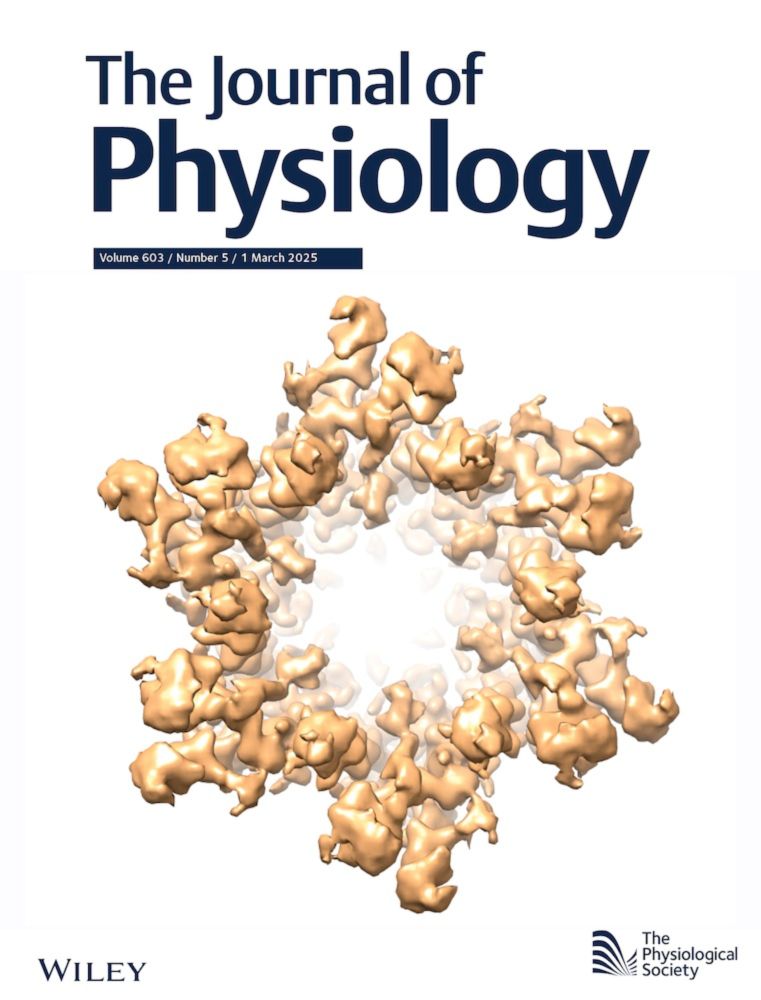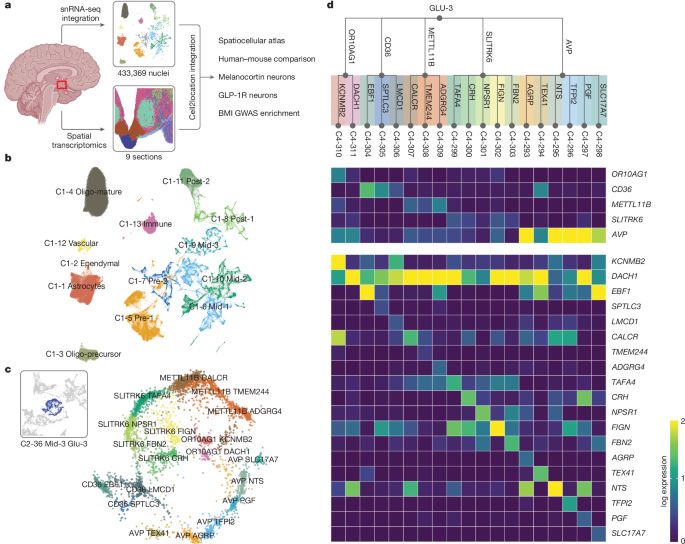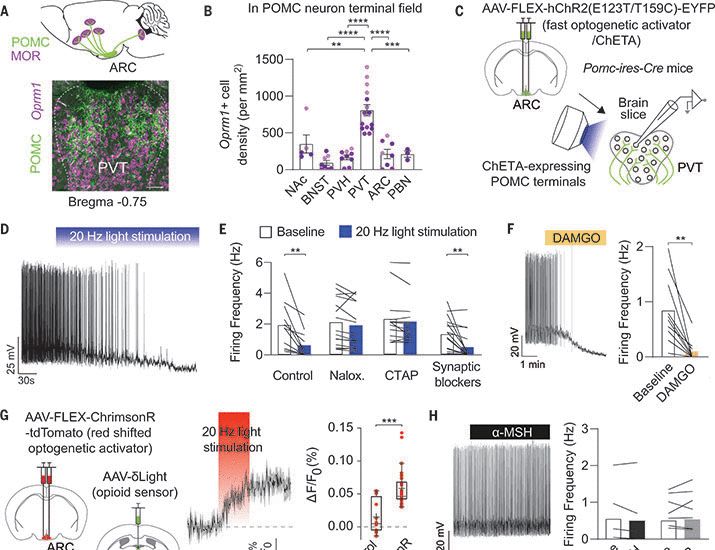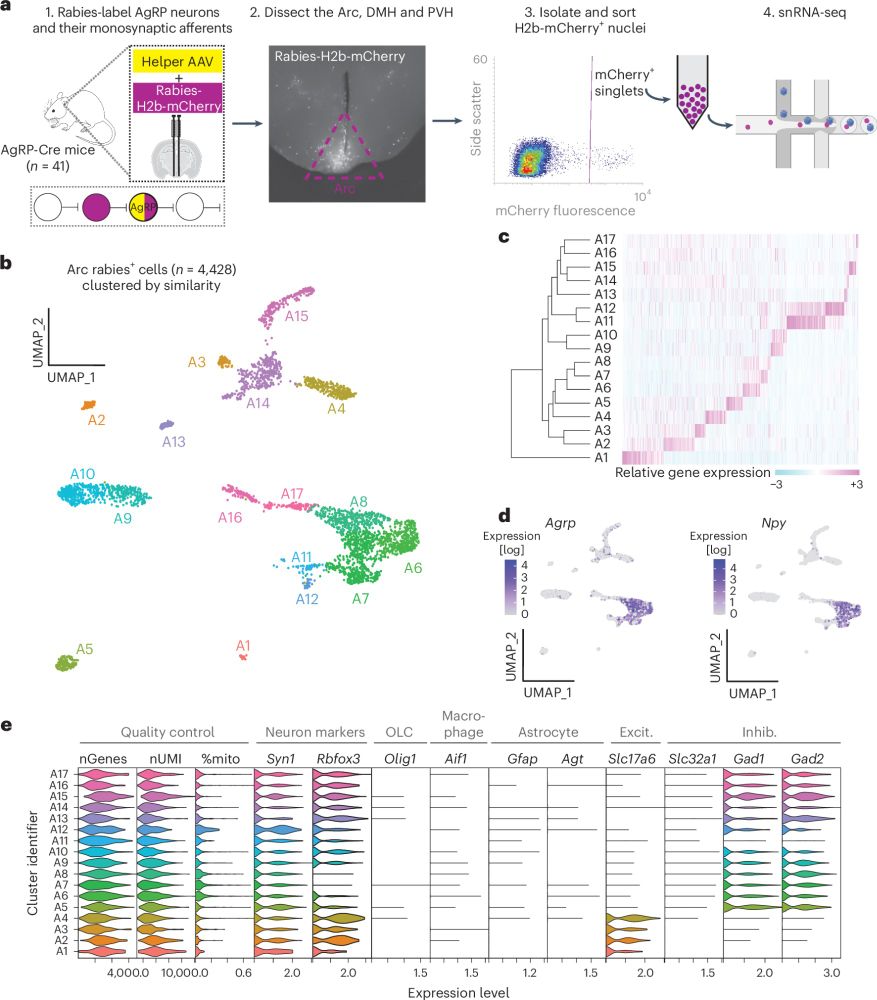
@clemmensenc.bsky.social and @johansenvbi.bsky.social in @theconversation.com 👇
theconversation.com/the-science-...
#obesity #metabolism

@clemmensenc.bsky.social and @johansenvbi.bsky.social in @theconversation.com 👇
theconversation.com/the-science-...
#obesity #metabolism
Lead author: @johansenvbi.bsky.social
Senior author: @clemmensenc.bsky.social
Read it here: www.cell.com/cell/fulltex...

Lead author: @johansenvbi.bsky.social
Senior author: @clemmensenc.bsky.social
Read it here: www.cell.com/cell/fulltex...
www.cell.com/cell/fulltex...


www.cell.com/cell/fulltex...
www.sciencedirect.com/science/arti...

www.sciencedirect.com/science/arti...

Research published today in @cp-cellrepmed.bsky.social shows that #insulin and #glucagon play a crucial role in regulating levels of LEAP2 - a newly discovered hormone with promise for treating cardiometabolic disease.
1/

Research published today in @cp-cellrepmed.bsky.social shows that #insulin and #glucagon play a crucial role in regulating levels of LEAP2 - a newly discovered hormone with promise for treating cardiometabolic disease.
1/
>580,000 cells mapping to 89 rat, mice and rhesus macaque cell populations!
www.biorxiv.org/content/10.1...
#Neuroscience #Obesity
1/3

>580,000 cells mapping to 89 rat, mice and rhesus macaque cell populations!
www.biorxiv.org/content/10.1...
#Neuroscience #Obesity
1/3
Free access link: authors.elsevier.com/a/1kiaA5WXUlaX…

Free access link: authors.elsevier.com/a/1kiaA5WXUlaX…
www.nature.com/articles/s41...

www.nature.com/articles/s41...




